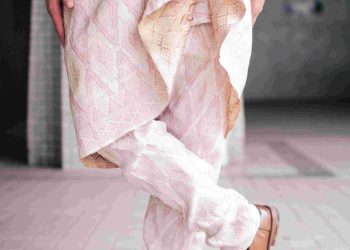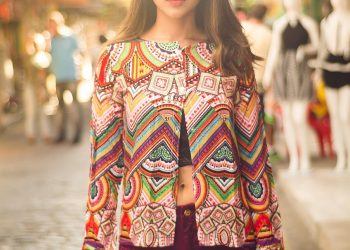Sustainable Alternatives to Fast Fashion

“What we wear says as much about us as the words we speak.”
But what if our clothing choices spoke not just about our personality, but also our values regarding the future of the planet? Fast fashion has pushed us to prioritize convenience and cost over ethics and sustainability, but is this the story we want our clothes to tell? My journey into sustainable fashion began three years ago after a closet overhaul that forced me to confront the environmental repercussions of my shopping habits.
Standing amidst a sea of cheaply made, barely-worn garments was sobering, to say the least. I realized that my choices were part of a larger cycle of waste—a cycle that fuels environmental degradation, worker exploitation, and a loss of true craftsmanship. Instead of being a victim of the fast-fashion treadmill, I decided to rewrite the narrative.
Breaking the Cycle: The Cost of Fast Fashion
Fast fashion thrives on rapid production and disposal. According to the Environmental Protection Agency (EPA), the United States alone discards over 11 million tons of textiles annually. This linear model of
take, make, dispose
wreaks havoc on the environment, from polluting waterways with toxic dyes to contributing to massive carbon emissions. Astonishingly, less than 15% of such waste is recycled.
Consider the social cost as well—garment workers often endure hazardous conditions for meager wages, defying the very essence of fair labor. This exploitative chain is often veiled by glossy advertising campaigns or the allure of affordability. Philosopher Peter Singer’s assertion that
“ethics is not an option but a necessity”
resonates deeply in the context of fashion.
But what would happen if we disrupted this cycle? What if we reintroduced values like quality, longevity, and ethical production into our wardrobes?
The Rise of Conscious Consumerism
Sustainability in fashion is not just a trend—it is an imperative. Consumer behavior is gradually shifting; a
report from Statista
highlights that nearly 60% of shoppers in younger generations prioritize sustainable choices. This movement is reinforced by brands embracing circular fashion systems: recycling old clothes into new garments or incorporating biodegradable materials into designs.
Technology is also at the forefront of sustainable innovation. From AI-driven supply chain optimizations to biodegradable fabrics produced in laboratories, the future of fashion is being shaped by interdisciplinary advances. For instance, lab-grown leather and plant-based textiles reflect how science can revolutionize an industry historically resistant to change.
Practical Steps for a Sustainable Wardrobe
For those eager to embark on a more sustainable fashion journey, actionable steps can make a significant impact:
-
Shop Second-Hand:
Thrift stores and consignment shops offer affordable, unique options that reduce demand for new production. -
Quality Over Quantity:
Invest in timeless, durable pieces that outlive fleeting trends. -
Repair and Repurpose:
Learn basic sewing skills to extend the lifespan of your garments. -
Support Ethical Brands:
Opt for companies that prioritize transparency, fair wages, and eco-friendly materials. -
Embrace Renting:
For occasional wear or events, explore clothing rental services to avoid buying items you may rarely use.
Each of these strategies creates a ripple effect, amplifying the message that sustainability is more than a buzzword—it’s a commitment to a better future.
A Philosophical Shift: Redefining Fashion’s Purpose
At its core, fashion is a form of self-expression, an art in itself. Yet, in the age of fast fashion, it risks becoming a fleeting indulgence detached from substance. Philosopher John Dewey described art as “the expression of life’s meanings.” If our fashion choices lack intent and consideration, are they truly reflective of our values?
In reimagining fashion, we must also reimagine ourselves—not as mere consumers but as active participants in shaping an equitable world. Psychology underscores the importance of mindfulness, and this applies to clothing as well. By shopping with awareness, we align our actions with our values, fostering a deeper connection to the quality and story of what we wear.
Looking Ahead: A Fashion Revolution
The future of fashion lies not in fleeting seasons but in timeless systems. As technology evolves, expect breakthroughs like blockchain for supply chain transparency or AI tools customizing clothes tailored precisely to you, reducing waste. Trends will favor minimalism over excess, celebrating the ingenuity of “less is more.”
Sustainability is also becoming a global challenge, requiring collaboration across industries. Businesses must integrate principles of circular economics, governments need stricter regulations, and schools might teach younger generations about the environmental footprint of their choices. Together, these waves of change can make sustainable fashion the norm rather than the exception.












